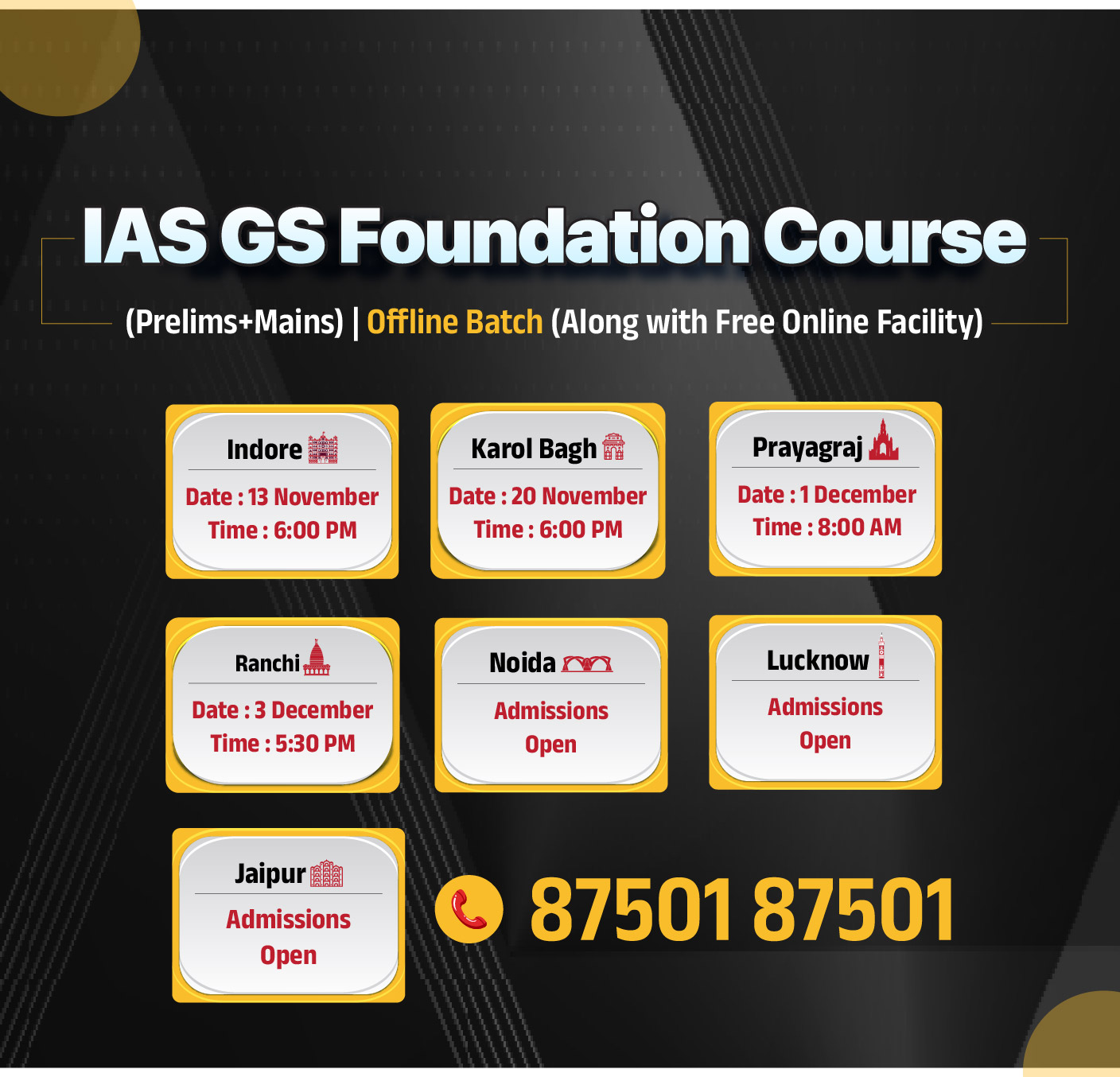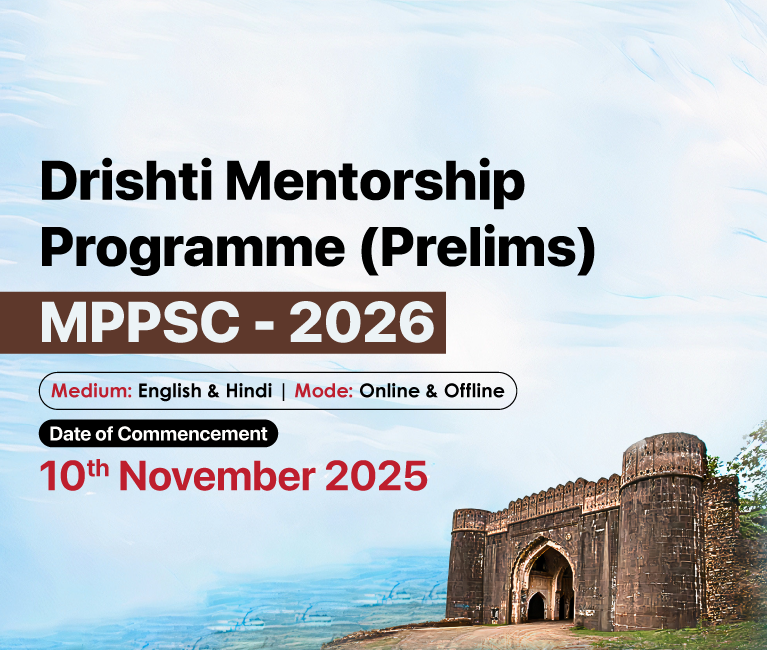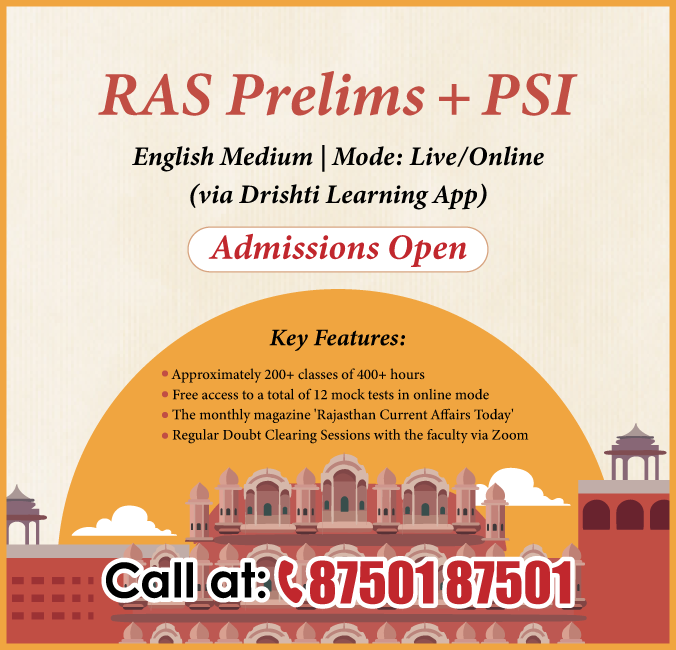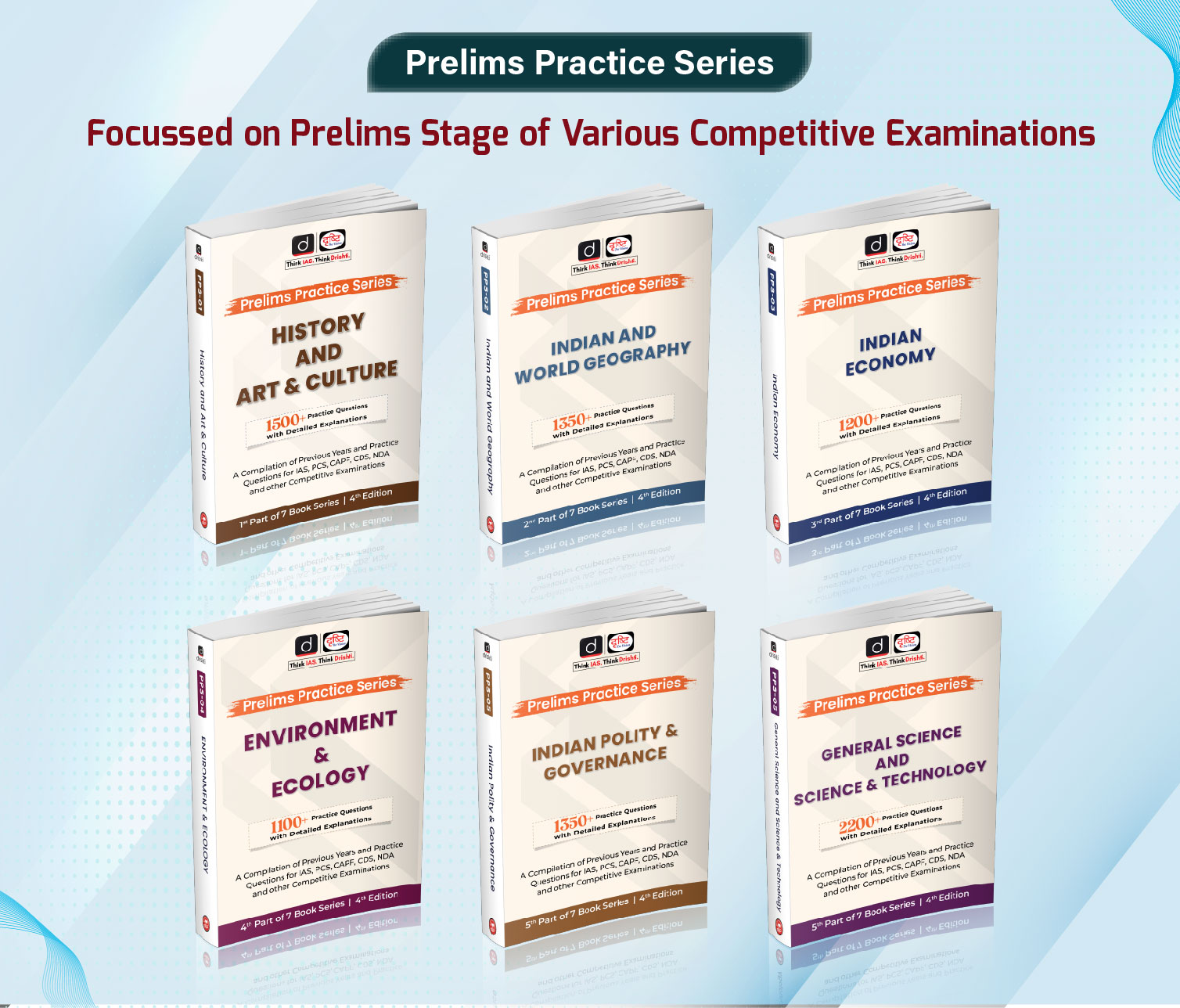National Current Affairs Switch to Hindi
150 Years of National Song Vande Mataram
Why in News?
Prime Minister Narendra Modi inaugurated the year-long commemoration of 150 years of the National Song “Vande Mataram” on 7th November 2025.
Key Points
- Historical Background: Vande Mataram was written by Bankimchandra Chatterji on Akshaya Navami, 7th November 1875.
- It first appeared in the literary journal Bangadarshan as part of his iconic novel Anandamath.
- Adoption: Declared India’s National Song; the first two stanzas were adopted by the Constituent Assembly on 24th January 1950.
- Language: Originally written in Sanskritised Bengali.
- Music Composition: Set to tune by Rabindra Nath Tagore, first sung at the 1896 Indian National Congress session.
- The song invokes Bharat Mata (Mother India) as the embodiment of strength, prosperity, and divinity, inspiring generations during India’s freedom struggle.
National Current Affairs Switch to Hindi
Special Campaign 5.0
Why in News?
The Department of Health Research (DHR) and the Indian Council of Medical Research (ICMR) have successfully concluded Special Campaign 5.0.
Key Points
- Special Campaign 5.0:
- The Special Campaign 5.0 is a nationwide initiative of the Government of India to ensure cleanliness, efficient records management, and timely resolution of pending matters, including PMO and MP references and public grievances.
- The DHR and ICMR, along with 27 institutes across India, actively participated in the campaign.
- Major Achievements:
- 100% target achievement in resolving public grievances, PG appeals, and PMO references during the campaign period.
- Conducted comprehensive cleanliness drives in all affiliated offices and field institutes.
National Current Affairs Switch to Hindi
National Cancer Awareness Day 2025
Why in News?
India observes National Cancer Awareness Day on 7th November 2025, focusing on prevention, early detection, and awareness of cancer.
Key Points
- Date and Background:
- The day coincides with the birth anniversary of Marie Curie (7th November 1867), whose groundbreaking research on radioactivity revolutionized cancer diagnosis and treatment.
- It was first announced in 2014 by the Union Ministry of Health and Family Welfare to promote awareness about cancer prevention and screening.
- Purpose and Significance:
- Aims to educate citizens on the importance of lifestyle modification, regular health check-ups, and timely medical intervention.
- Cancer cases in India are rising, with over 14 lakh new cases reported each year, many detected at advanced stages.
- Theme 2025: Though India’s campaign has a domestic focus, it aligns with the global World Cancer Day theme (2025–27): “United by Unique”, highlighting personalized care and inclusivity in cancer treatment.
Maria Skłodowska-Curie (1867–1934)
- Nationality: Polish-born, later became a French citizen
- Major Discoveries:
- Discovered the radioactive elements Radium (Ra) and Polonium (Po).
- Pioneered the concept and medical use of radioactivity in cancer treatment (radiotherapy)
- Awards and Honours:
- First woman to win a Nobel Prize
- Only person to receive two Nobel Prizes in two different sciences — Physics (1903) and Chemistry (1911)
- Scientific Impact: Her research laid the foundation for nuclear medicine and radiation therapy used in cancer diagnosis and treatment today.
National Current Affairs Switch to Hindi
Google’s Project Suncatcher
Why in News?
Tech giant Google has announced Project Suncatcher, an ambitious research initiative to develop AI-powered data centres in space.
Key Points
- About Project Suncatcher:
- Project Suncatcher envisions solar-powered satellites hosting AI data centres in space to reduce Earth’s energy and water consumption used for cooling terrestrial facilities.
- These orbiting data centres will use free-space optical links to transfer data at speeds of tens of terabits per second, forming a distributed network similar to satellite internet constellations like Starlink.
- Google plans to launch two prototype satellites by early 2027 to test its space-based TPU (Tensor Processing Unit) hardware.
- Rationale for Space-Based AI Centres:
- AI data centres consume enormous electricity and water for cooling — a growing environmental concern as AI adoption increases globally.
- In space, solar panels are up to 8 times more efficient than on Earth, providing a continuous and clean energy supply.
- How It Works:
- The satellites will rely on solar energy and optical data transmission to function as a cohesive high-performance computing network.
- TPUs (Trillium v6e) are being tested for radiation resistance and performance in extreme conditions.




.jpg)



.jpg)
.jpg)






-2026-web-eng.png)
-2026-mob-eng.png)
.png)


.jpg)



 PCS Parikshan
PCS Parikshan

